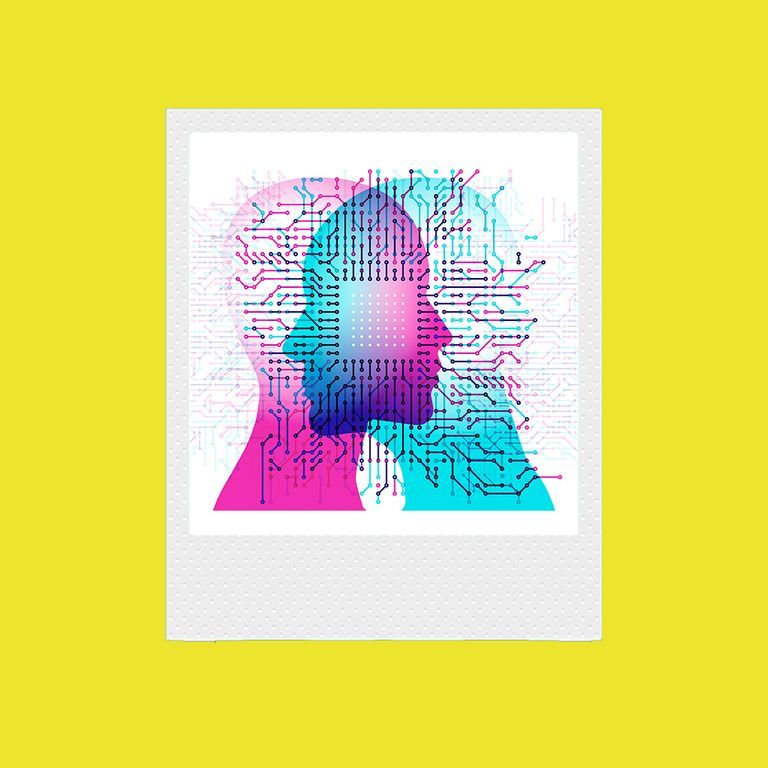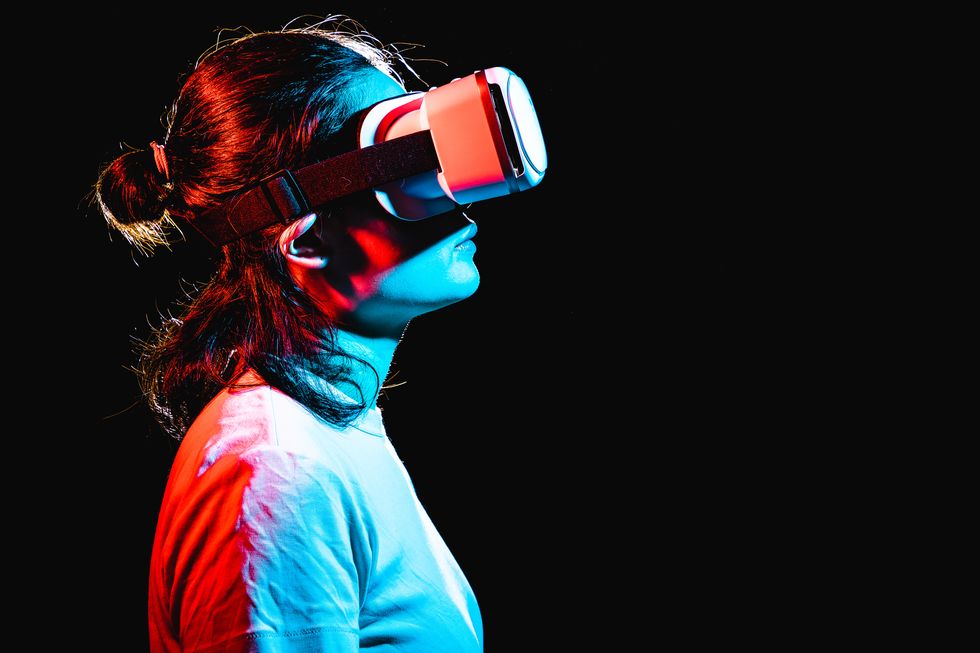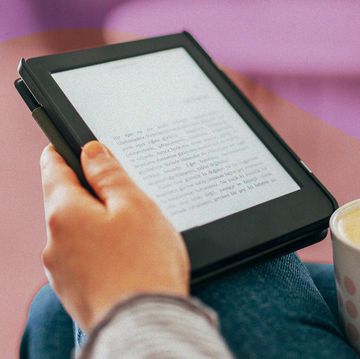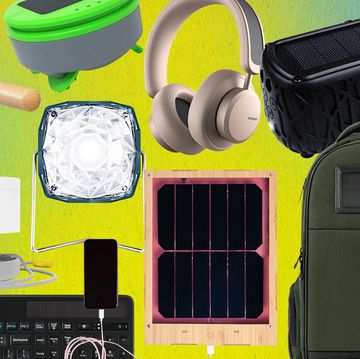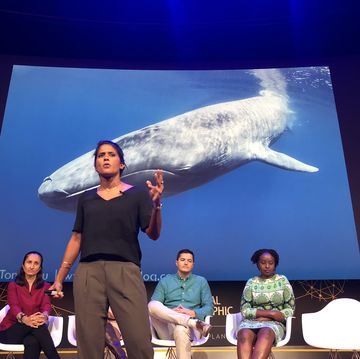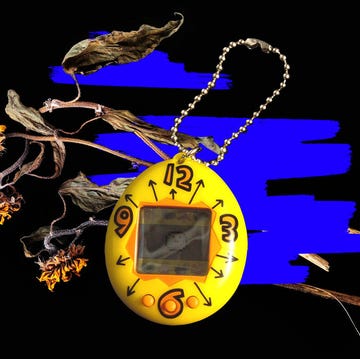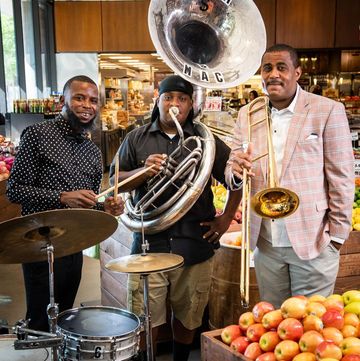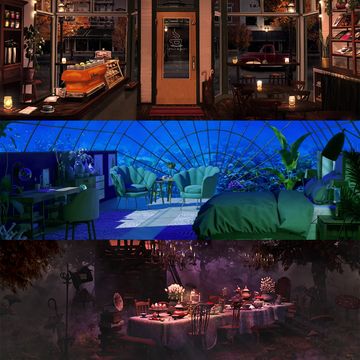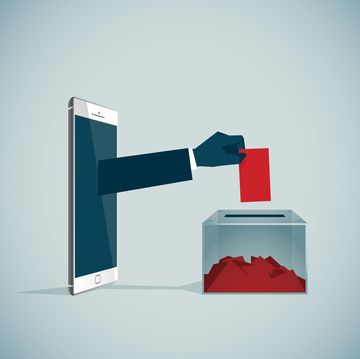From phones and laptops, to smartwatches and VR headsets, people are increasingly wired — yet research shows that we’re also using technology to get more chill. And that’s a good thing, since plenty of studies have connected the dots between our tech-driven lifestyle and issues around mental health and wellness.
Whether it’s increased loneliness in heavy social media users or anxiety and stress from the onslaught of hundreds of mobile notifications per hour, doctors and sociologists have raced to quantify how being always-on impacts the human experience.
“One downside of tech is that people — especially the younger generations — are having fewer face-to-face interactions,” said Dr. Christine Greer O'Connor, licensed psychotherapist and founder of the Quarterlife Center (QLC).
“There is something exquisite about the intimacy and connection that can occur between two people in a face-to-face interaction, that people in younger generations may be missing out on.”
Yet people of all ages are also using those same devices to access tools like text therapy apps, meditation videos, and virtual sound baths, and the broader health and wellness industry is responding in kind.
Skype and text therapy make it more convenient to get help
Therapists like Greer O'Connor have offered video sessions on apps like Skype and Google Hangouts for years.
“I was [working with a client] in New York City, and she [was preparing to] move right as we were in the midst of delving into a meaningful part of her past,” Greer O'Connor said. “Continuity of care is always important, but at such a critical point in therapy, it was essential. She and I both recognized the importance of continuing our work together [and so we did].”
That was fifteen years ago. Today thousands of therapists offer teletherapy sessions as part of a private practice, or through platforms like Amwell and Ayana — a soon-to-launch app geared toward connecting people of color to online therapists who look like them.
Dr. Greer O'Connor said the video sessions fit right into the connected, but hectic lifestyles of Millennials and Gen Zers, since they’re “very comfortable with technology and videoconferencing, but are still building their careers, [so they may have] less flexibility to leave work for a weekly appointment.”
That’s also the sweet spot for text-based counseling tools like Talkspace.
Launched in 2012, the Talkspace app lets people access therapy on the go, connecting clients and practitioners over laptops, tablets, and smartphones.
Over email, a Talkspace spokesperson wrote that “a good amount” of the service’s million-plus users were Millennial women. And though Talkspace also offers voice and video sessions, “the vast majority” of users were communicating with their therapist via text.
Regardless of device, all teletherapy practitioners must be licensed, and most are affiliated with some kind of health insurance or employee assistance program (EAP). That’s a crucial factor impacting adoption, since therapy isn’t cheap — and having it covered by insurance increases the likelihood of people taking advantage of it.
Virtual reality can treat real-world mental health issues
While text-based therapy may not qualify as “high-tech,” VR-based counseling and relaxation programs do. And mental health-focused virtual reality treatments are getting funding and gaining acceptance by insurance providers, too.
Clinical trials have shown that VR can be useful for exposure therapy, where patients with anxiety are exposed to the things they fear — like spiders or heights — in a safe, controlled manner.
Oxford VR is a company that’s working with the UK’s National Health Service (NHS), to provide “automated VR therapy” in conjunction with regular in-person sessions. The company just raised $12.5 million in funding to continue researching how VR can help people tackle a variety of mental health issues.
There’s also HypnoVR, a tool developed by two anesthesiologists and a hypnotherapist, which has been shown to effectively “relieve stress and anxiety” before certain medical procedures.
LA-based entrepreneur Peter Torres is working on a VR-based hypnotherapy experience geared toward sufferers of PTSD. Slated to launch later this year, the app will combine spoken cues with visuals that “help users get and stay in a hypnotic state.”
Studies point to VR-enhanced hypnotherapy as an effective treatment for postoperative pain and anxiety, and Torres said his startup’s ultimate goal is to “reduce the friction” involved in finding, trusting and paying for in-person hypnotherapy sessions.
Digital relaxation and self-care
Aside from formal treatments like hypnotherapy, VR companies are also hoping to entice people to augment wellness rituals like massages, meditation and sound baths.
Amsterdam-based Sensiks produces a “sensory reality pod,” a VR box where users take a seat, put on a headset and get surrounded by artificial warmth, aromatics, and the users’ choice of sounds and visuals.
During my Sensiks experience, which occurred at a noisy trade show, I floated through outer space as psychedelic pulses of light and shapes appeared in the background. The spa audio track (flutes and birds) and infrared heat definitely gave me a moment of respite.
The caveat is that a fully-equipped Sensiks pod currently costs well over $10,000 — so the most likely place someone will encounter one is at a spa or airport terminal that offers sessions as perks or VIP treatments.
For a more home-grown experience, I can light a candle and slip into one of dozens of VR relaxation apps available on the Oculus and HTC Vive’s platforms (most of which are free or cost under $10).
Decompress with ASMR live streams
One of the most novel, cheap, and convenient digital wellness experiences doesn’t even require a VR headset — just a video screen and internet connection.
For some, the ultimate relaxation comes from sitting back with a pair of headphones and tuning in to someone making soft, slightly nondescript sounds like whispers, wobbles, or nails clicking against a keyboard.
This is an ASMR (or Autonomous Sensory Meridian Response) live stream. ASMR is described as a warm, pleasant “tingling” sensation that people feel as a result of specific audiovisual triggers.
Some say it feels like goosebumps or tingles that prickle up near the base of your skull. Some people get ASMR triggered by watching streamers do mundane tasks — like folding laundry — while speaking very softly. Others prefer “no talking” streams filled with ambient sounds.
Regardless of the specific trigger, early research shows that the physiological effects from ASMR sessions are typically relaxation, sleepiness, or a sense of languid ease.
That calming response is why ASMR videos from streamers like Mary J Lee, and mainstream personalities like Cardi B and Aubrey Plaza, have racked up hundreds of millions of views on YouTube and Twitch.
I didn’t “get” why people tuned into these kinds of videos until watching one made me sleepy and relaxed after a day full of emotional triggers.
It’s like digital dreaming while awake.
Our relationship with tech is complicated
Do I think we’ll be able to file insurance claims or be reimbursed for a custom ASMR stream any time soon? No, but the fact that people are so drawn to the more than 13 million of these videos on YouTube can’t be ignored.
And though the idea of a psychiatrist prescribing two or three ASMR streams per week as a remedy might seem strange right now — psychologists in the days of Freud probably couldn’t have imagined a time when people would be able to text their therapist a few minutes before heading into a crucial business meeting either.
Between quirky rituals like falling asleep to an ASMR video, to everyday reminders of mindfulness from mobile apps like Calm, it seems that the same devices that are contributing to mental health issues are also helping us heal.
I don’t know if it’s odd or apropos, but it’s definitely one instance where I’m glad that the technology exists — and that it’s becoming more ubiquitous (and affordable).
Tameka Kee curates unforgettable experiences and thought-provoking conversations at the intersection of advertising, technology and culture. Find her on Twitter @geekychic
Get Shondaland directly in your inbox: SUBSCRIBE TODAY
